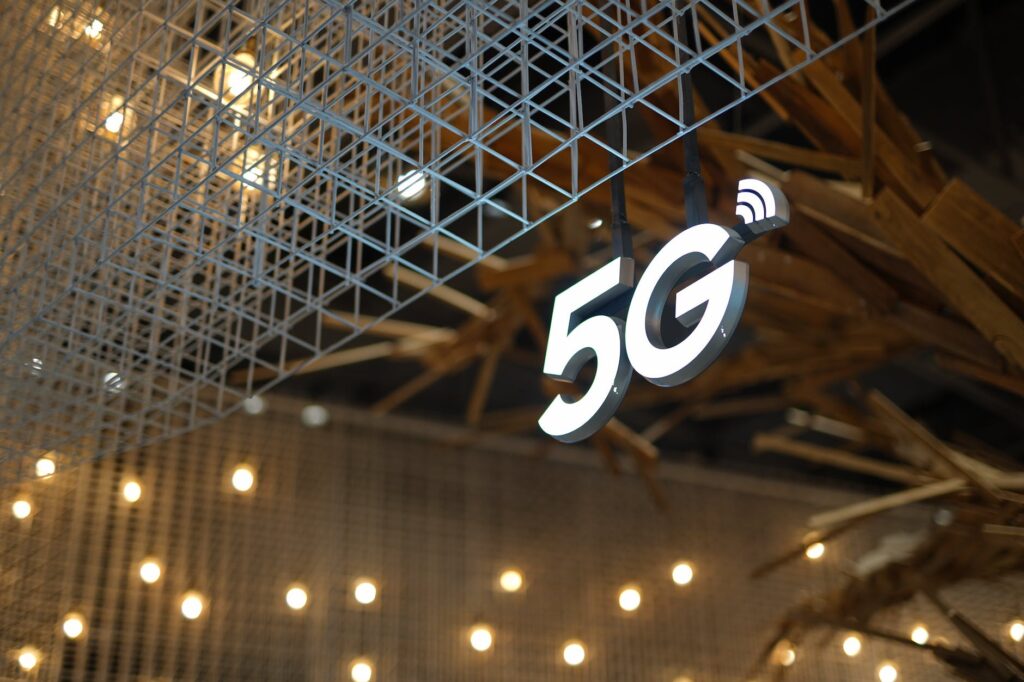
Introduction
5G Technology is the fifth generation of mobile network technology, offering faster speeds, lower latency, and increased capacity compared to previous generations of mobile technology.
Says Dylan Sidoo, In this article, we will explore the implications of 5G technology for connectivity and data transfer, and its potential to transform the way we live, work, and play.
What is 5G Technology?
5G Technology is the latest generation of mobile network technology, offering faster speeds, lower latency, and increased capacity compared to previous generations of mobile technology. 5G technology uses a variety of frequency bands and technologies to provide high-speed, low-latency connectivity, making it ideal for a wide range of applications, including IoT devices, autonomous vehicles, and virtual and augmented reality experiences.
Improved Connectivity and Data Transfer Speeds
One of the key benefits of 5G technology is its ability to provide improved connectivity and data transfer speeds. With 5G, users can expect to experience faster download and upload speeds, as well as lower latency, making it possible to transfer large amounts of data in real-time. This improved connectivity and data transfer speed has the potential to transform the way we live, work, and play, enabling new and innovative applications and services.
Impact on the Internet of Things (IoT)
5G technology is also expected to have a significant impact on the Internet of Things (IoT), providing high-speed, low-latency connectivity to a growing number of IoT devices. With 5G, IoT devices can communicate with each other and with the cloud in real-time, enabling new and innovative applications and services, such as autonomous vehicles and smart homes.
Enabling Emerging Technologies
5G technology is also expected to enable emerging technologies, such as virtual and augmented reality, by providing the high-speed, low-latency connectivity required for these applications. With 5G, virtual and augmented reality experiences can be delivered in real-time, making them more immersive and interactive. Additionally, 5G technology is also expected to enable new and innovative applications in fields such as healthcare, manufacturing, and education.
The Challenges of 5G Technology
While 5G technology has the potential to transform the way we live, work, and play, there are also several challenges that must be addressed. One of the biggest challenges is the deployment of 5G networks, which requires significant investment in infrastructure and equipment. Additionally, there are also concerns about the security and privacy of 5G networks, as well as the impact of 5G technology on the environment.
Conclusion
In conclusion, 5G technology is the fifth generation of mobile network technology, offering faster speeds, lower latency, and increased capacity compared to previous generations of mobile technology. With its ability to provide improved connectivity and data transfer speeds, 5G technology has the potential to transform the way we live, work, and play, enabling new and innovative applications and services. By addressing the challenges of 5G technology, we can ensure that it continues to play an increasingly important role in connecting the world and driving innovation.